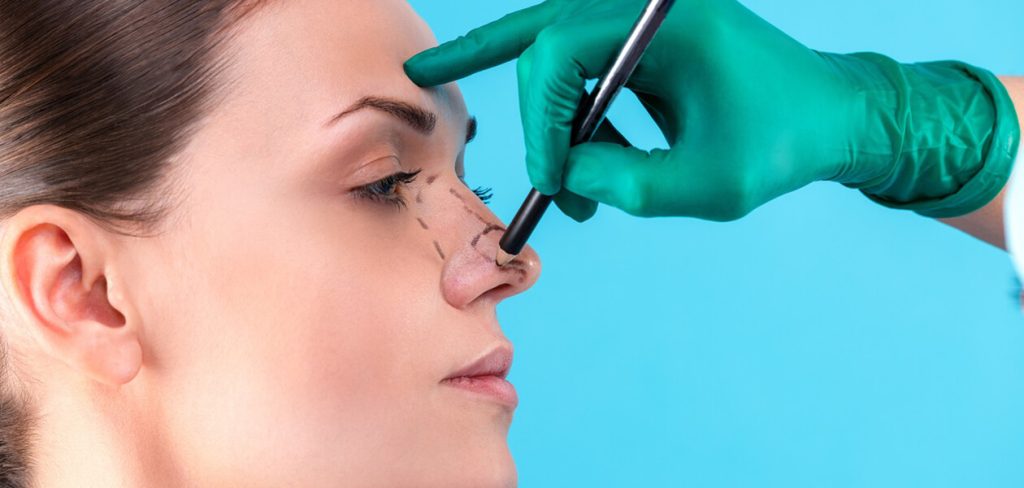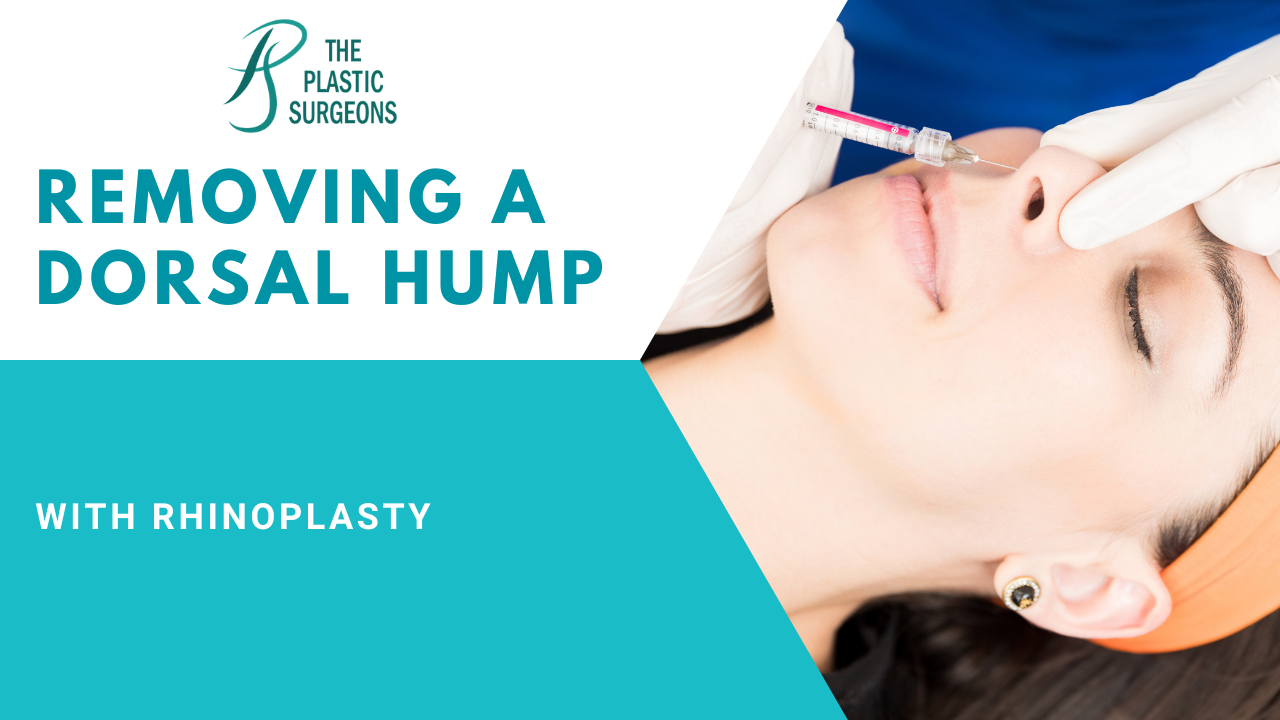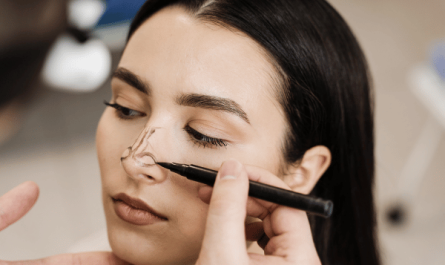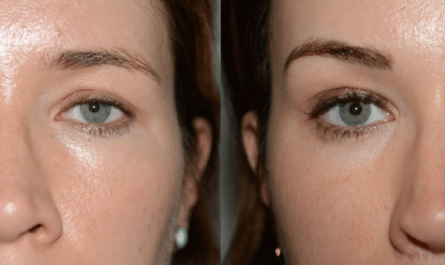Introduction
Rhinoplasty, commonly known as a “nose job,” is a popular surgical procedure that aims to enhance the aesthetic appearance and function of the nose. One of the most common reasons people do rhinoplasty is to remove a dorsal hump. A dorsal hump is a bump or raised area along the bridge of the nose that can impact one’s self-confidence and facial harmony.
A prominent dorsal hump can create an imbalance in the overall facial appearance, making the nose appear disproportionately large.
Common Reasons for Dorsal Hump Removal:
- Aesthetic concerns like to achieve a more balanced and aesthetically pleasing facial profile.
- Breathing difficulties
- Trauma or injury damaging nasal structures.
How is Rhinoplasty done?
A successful rhinoplasty begins with a physical consultation with a board-certified plastic surgeon or otolaryngologist (ear, nose, and throat specialist). During this consultation, you will have the opportunity to discuss your concerns, goals, and expectations.
Key points to cover during the consultation:
- Be clear about what you hope to achieve with rhinoplasty.
- Medical history
- Physical examination of your nose, considering its size, shape, skin thickness, and the extent of the dorsal hump.
- Computer simulations or 3D imaging
- Your surgeon will brief you about the potential risks and benefits associated with rhinoplasty.

The Rhinoplasty Procedure
Rhinoplasty is a highly customizable procedure, and the specific technique used to remove a dorsal hump depends on individual needs and preferences. However, the general steps involved in dorsal hump removal are as follows:
- The surgery is performed under general anesthesia or local anesthesia with sedation.
- Incisions are made either inside the nostrils or across the strip of tissue between the nostrils according to the requirement of the surgery.
- The surgeon will remove or reshape the extra bone and cartilage, causing the dorsal hump.
- The surgeon may make additional adjustments to the nasal tip, nostrils, or overall nose shape to ensure harmony with the new bridge.
- The incisions are carefully closed with stitches, and a cast is applied to support the healing process and maintain the new shape.
Recovery and Aftercare
After the rhinoplasty procedure, a comprehensive recovery plan is essential to ensure the best results and minimize complications. Here’s what to expect during the recovery process:
- Swelling and bruising
- Nasal congestion
- Mild pain and discomfort
- Restrictions to any stressful activities.
- Follow-up appointments
Life-Changing Benefits of Dorsal Hump Removal
The removal of a dorsal hump through rhinoplasty can bring about numerous life-changing benefits:
- Enhanced confidence.
- Improved breathing.
- Personalized results.
- Long-lasting results.
Conclusion
Removing a dorsal hump through rhinoplasty is a transformative procedure that can greatly improve both the aesthetic and functional aspects of your nose. If you’re contemplating this surgery, it’s vital to consult with experienced specialists such as Dr. Vinay Jacob and Dr. Ashish Magdum, certified Plastic, Reconstructive, and Aesthetic Surgeons at The Plastic Surgeons in Bandra (West), Mumbai. The consultation phase, the surgical procedure itself, and the recovery period all play pivotal roles in ensuring the success of your rhinoplasty journey.
With skilled surgeons and a comprehensive understanding of the process, you can attain the nose you’ve always envisioned, leading to heightened confidence and an enhanced quality of life.


